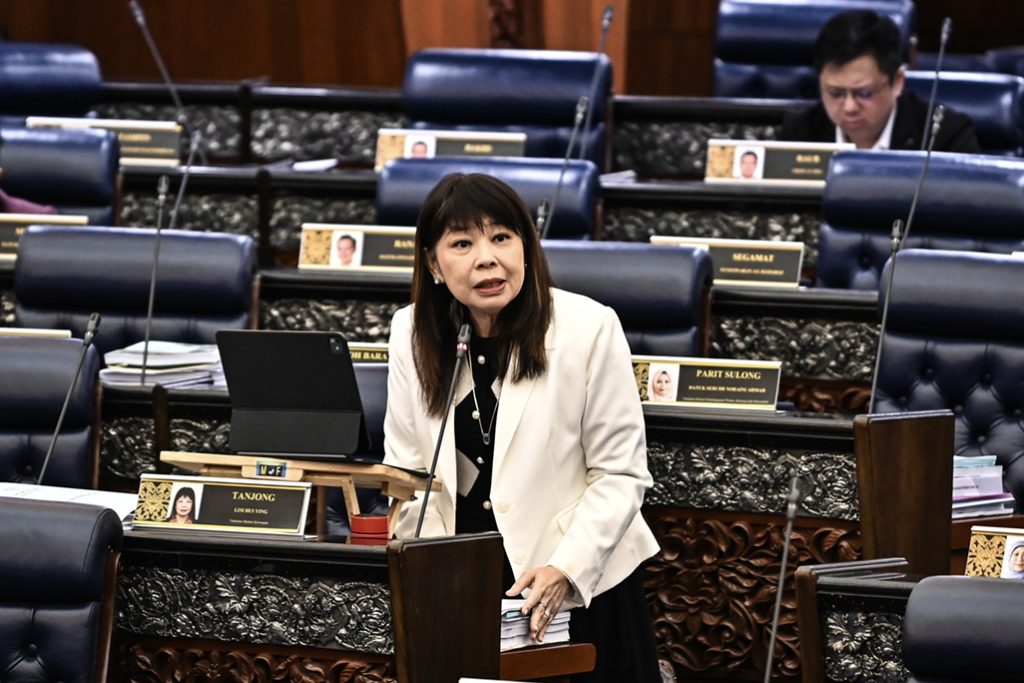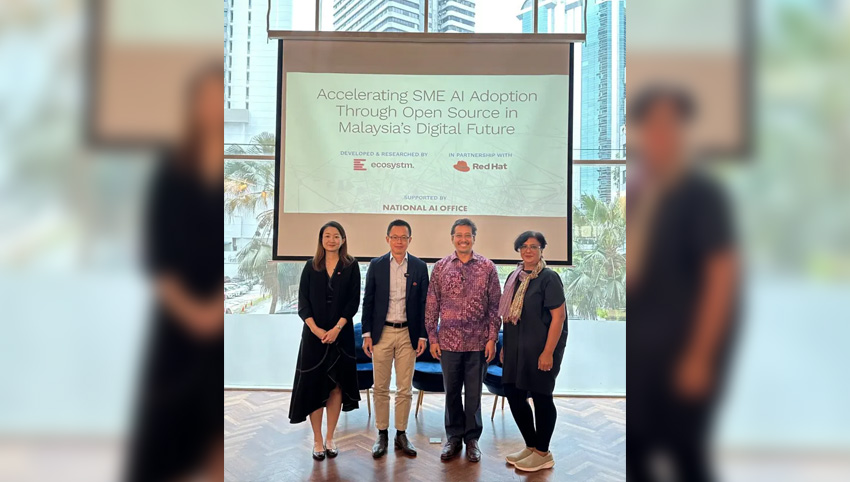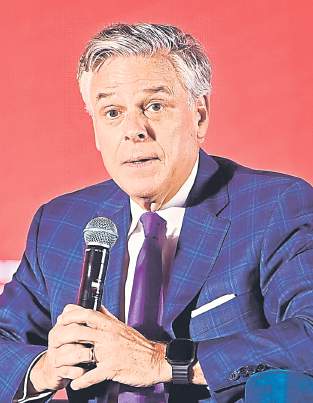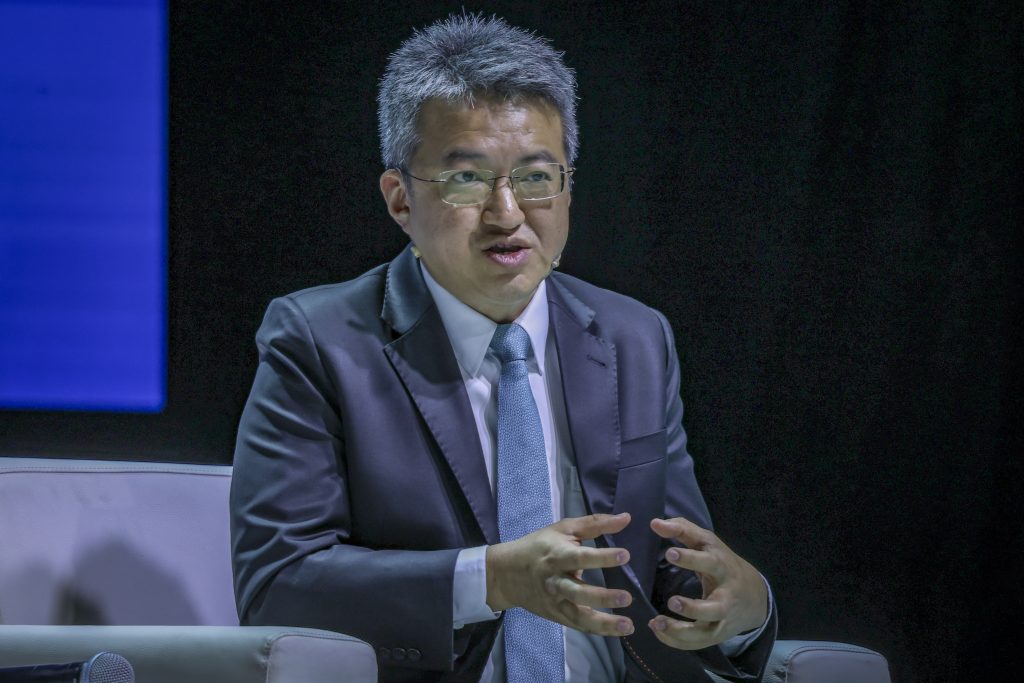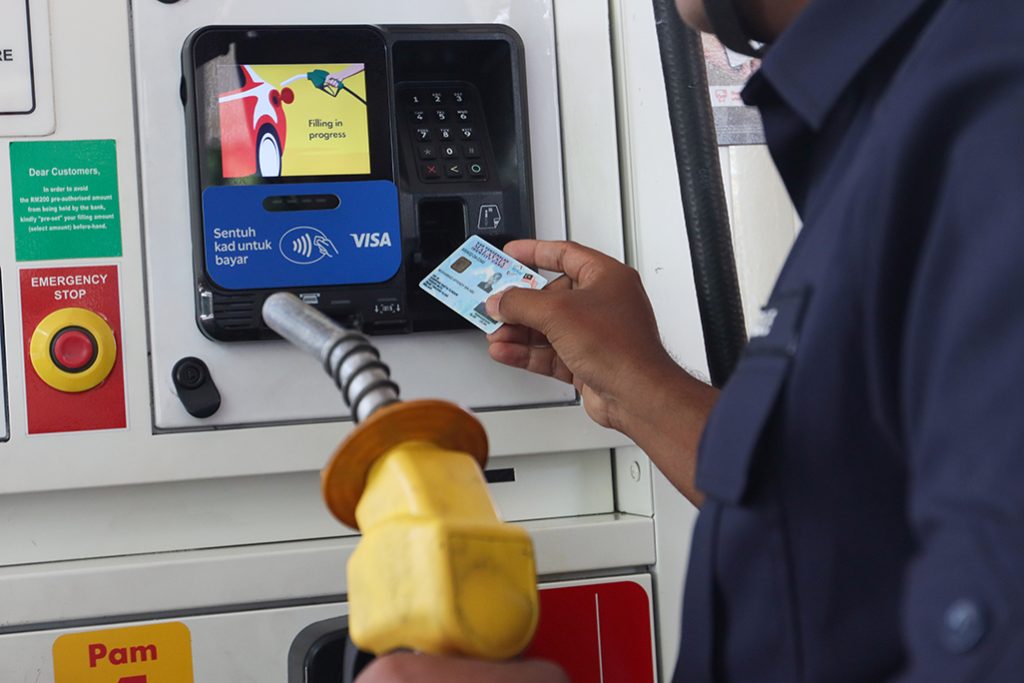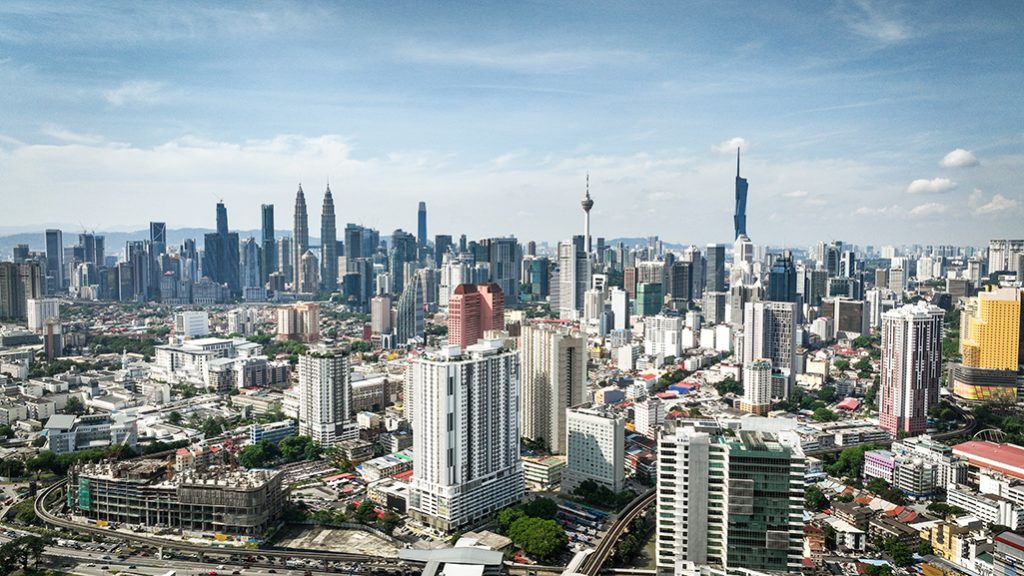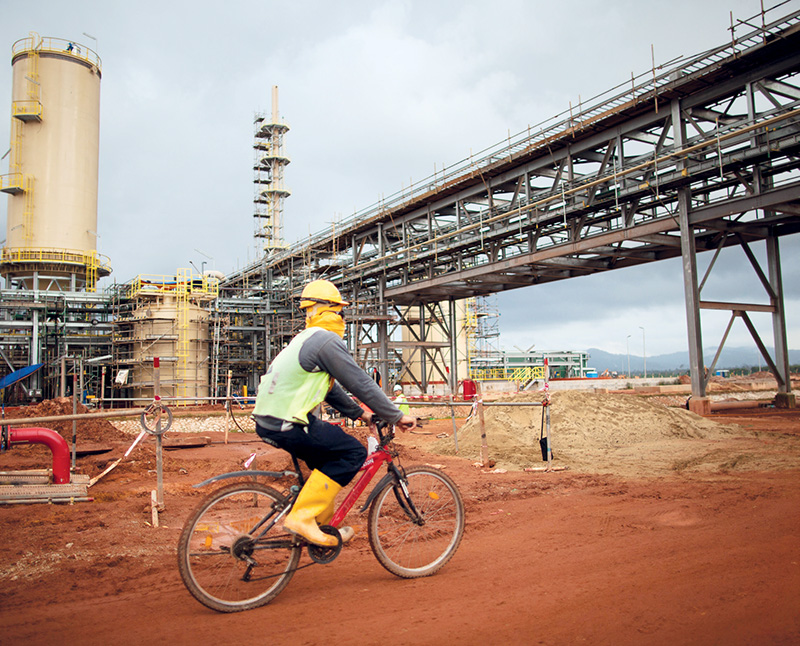Auto Added by WPeMatico
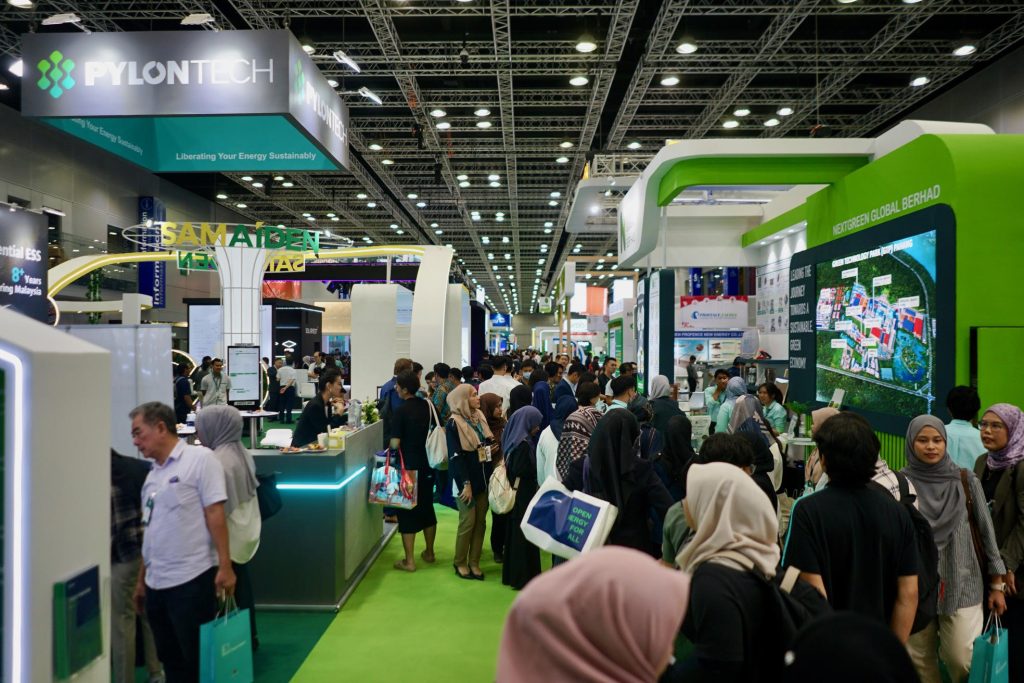
Held alongside KLSS 2025, the event reflects the intent to anchor sustainability as both a national priority and regional export
by AUFA MARDHIAH
AS THE 15th International Greentech and Eco Products Exhibition and Conference Malaysia (IGEM 2025) concluded in Kuala Lumpur (KL), the tone was less celebratory and more forward-looking.
Held alongside the inaugural KL Sustainability Summit (KLSS 2025), the event reflected Malaysia’s intent to anchor sustainability as both a national priority and a regional export.
IGEM 2025 carried a RM5.5 billion investment target, following RM10.18 billion in business leads recorded in 2024. Yet, it once again outperformed expectations.
According to the Malaysian Investment Development Authority (MIDA), the exhibition generated RM7.3 billion in potential green investments through 38 strategic business-matching sessions under its Biz Bridge initiative.
These potential investments span renewable energy (RE), sustainable manufacturing and clean-technology projects, further bolstered by MIDA’s partnership with Malayan Banking Bhd (Maybank) to accelerate green financing and environmental, social and governance (ESG)-aligned investments.
MIDA said the outcome reaffirms Malaysia’s position as South-East Asia’s emerging clean-energy hub, backed by frameworks such as the National Energy Transition Roadmap (NETR) and the New Industrial Master Plan 2030 (NIMP 2030).
The event also drew 55,000 visitors from more than 40 countries, featuring 420 booths and eight international pavilions, while KLSS 2025 gathered over 300 organisations and 17 nations in a shared dialogue on sustainability, transforming policy discussions into a marketplace for collaboration.
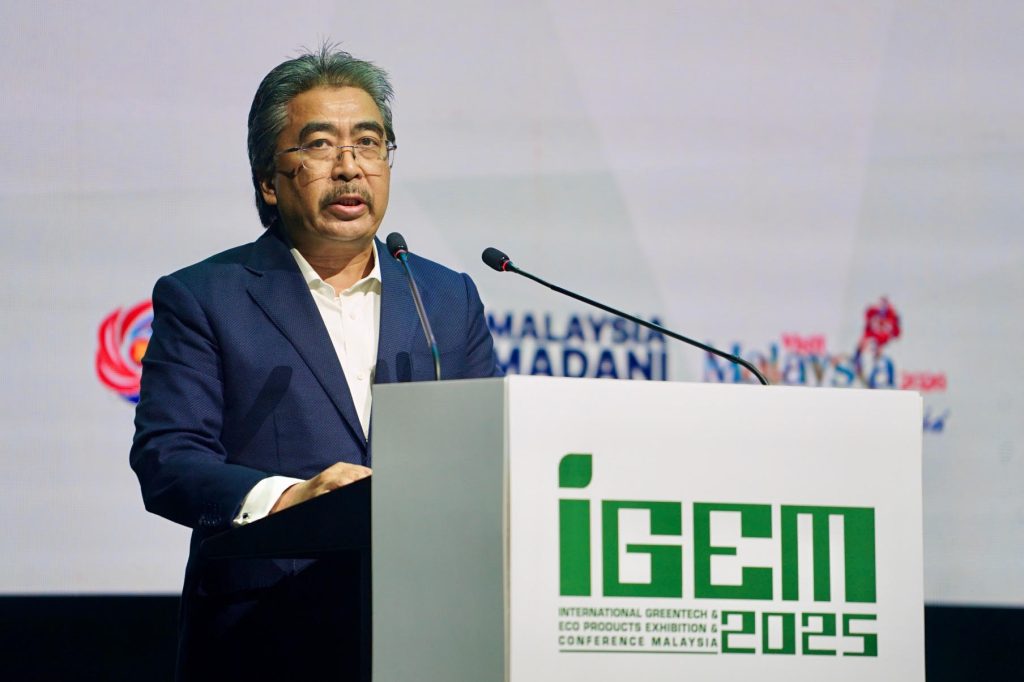
The world has spent too long in conversation and too little in transformation, says Johari
From Declaration to Deployment
The week’s defining outcome was the KL Declaration on Climate Resilience, adopted at the closing of KLSS 2025 and presented during IGEM’s official opening ceremony.
It reaffirmed Malaysia’s commitment to inclusive, region-wide climate adaptation and mitigation, earning support from global and ASEAN leaders, including United Nations (UN) Secretary General climate advisor Selwin Hart and Malaysia’s institutional investors.
The declaration builds upon the KL Sustainable Declaration on Localising ASEAN Community Vision 2045, adopted through the Meeting of Governors and Mayors of ASEAN Capitals (MGMAC) Communique 2025 signed by the mayor of KL.
It extends a spirit of regional solidarity into Malaysia’s national context by aligning local, city and federal efforts under a unified sustainability framework.
In his keynote, acting Natural Resources and Environmental Sustainability (NRES) Minister Datuk Seri Johari Abdul Ghani described the declaration as a bridge between rhetoric and results.
He urged ASEAN economies to move “from pledges to projects” and warned that global warming had already surpassed critical thresholds.
“The world has spent too long in conversation and too little in transformation,” he said. Across IGEM’s three days, that call for action was echoed through sessions such as the ASEAN Circular Economy Forum, Malaysia- Japan Environment Week and the third Malaysia Carbon Market Forum.
Each aimed to turn policy commitments into measurable outcomes from advancing regional carbon trading frameworks to scaling renewable energy and building inclusive supply chains.
On the other hand, NRES Secretary General Datuk Dr Ching Thoo Kim called the week “a catalyst for change, a marketplace of ideas and a testament to what we can achieve when united behind a common purpose”.
He said Malaysia’s forthcoming Climate Change Bill and the newly launched National Climate Change Policy 2.0 would establish a stronger legal foundation for long-term climate governance and protection for vulnerable communities.
The bill is expected to be tabled in Parliament following Budget 2026.
COP Pavilion Debuts
Another major highlight at IGEM 2025 was the unveiling of Malaysia’s Conference of Planet (COP) Pavilion — of which Johari officiated the soft launch of the Malaysia Pavilion @ COP30 on Oct 16 at the MGTC Arena.
Themed “Climate Action Now: Net-zero Pathways Unlocked”, the launch marked Malaysia’s preparation for its participation at COP30 in Belém, Brazil, this month.
In his keynote address, Johari said the pavilion would serve as a national and ASEAN-level platform to promote investment-ready projects and collaborative pathways toward decarbonisation.
The initiative, led by Malaysian Green Tech and Climate Change Corp (MGTC) and the NRES, will spotlight Malaysia’s focus areas including energy transition, nature-based solutions, green finance, adaptation and youth inclusion.
The Malaysia Pavilion @ COP30 builds on momentum from IGEM 2025, where the COP Pavilion previewed the country’s international presence.
Structured around thematic clusters such as energy transition, tech and innovation, and nature-based solutions, it showcased how domestic progress aligns with global net-zero objectives.
The pavilion’s design reinforced MGTC’s message that Malaysia is no longer merely adopting climate solutions but also exporting innovation, policy models and partnerships to the wider region.
Johari’s officiation highlighted Malaysia’s aim to act as a regional convener for climate action, bridging policy, finance and technology between ASEAN and global partners ahead of COP30.
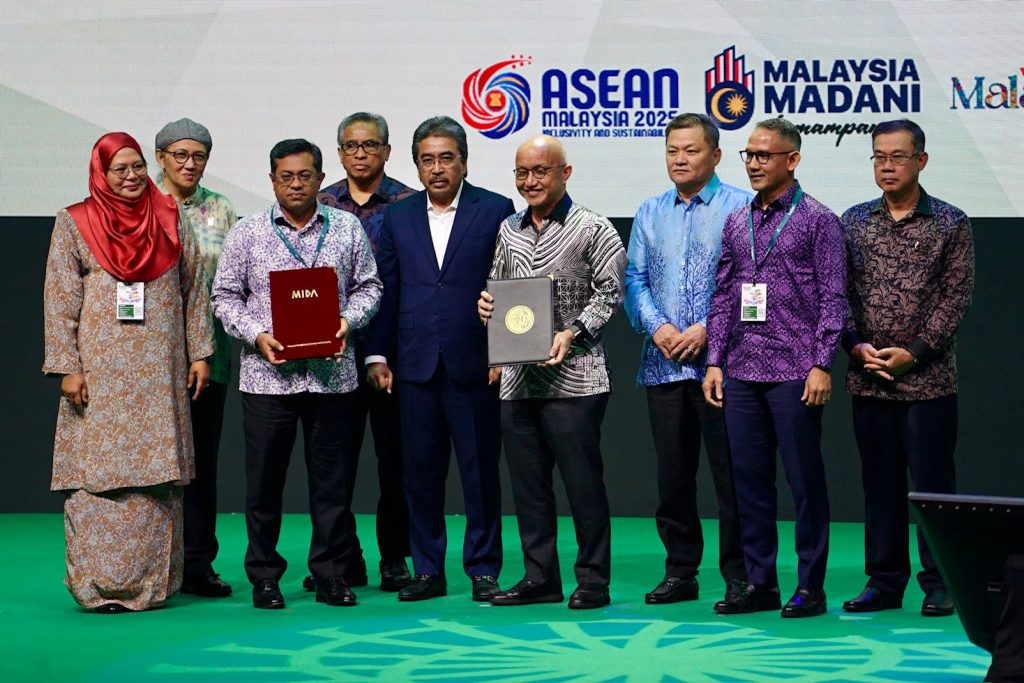
Johari (fifth from left) during the launch of KWAP’s Dana Iklim+ fund, a RM2b climate-focused investment fund
Finance Steps into Climate Action
Among the tangible outcomes was the launch of Dana Iklim+, a RM2 billion climate-focused investment fund by Retirement Fund (Inc) (KWAP).
Introduced during the opening of IGEM, it became Malaysia’s first institutional vehicle dedicated to climate finance, directing capital into infrastructure, private equity, real estate and nature-based solutions.
The fund aims to mobilise institutional capital toward measurable decarbonisation outcomes while delivering sustainable returns.
Its impact framework targets the mitigation of up to one million metric tonnes of CO2 equaivalent, guided by the UN Sustainable Development Goals (SDG) and aligned with the NETR, Ekonomi Madani and the Finance Ministry’s GEAR-uP initiative.
The initiative symbolised how domestic finance is beginning to close Malaysia’s green-investment gap, which is a shift from policy aspiration to portfolio action.
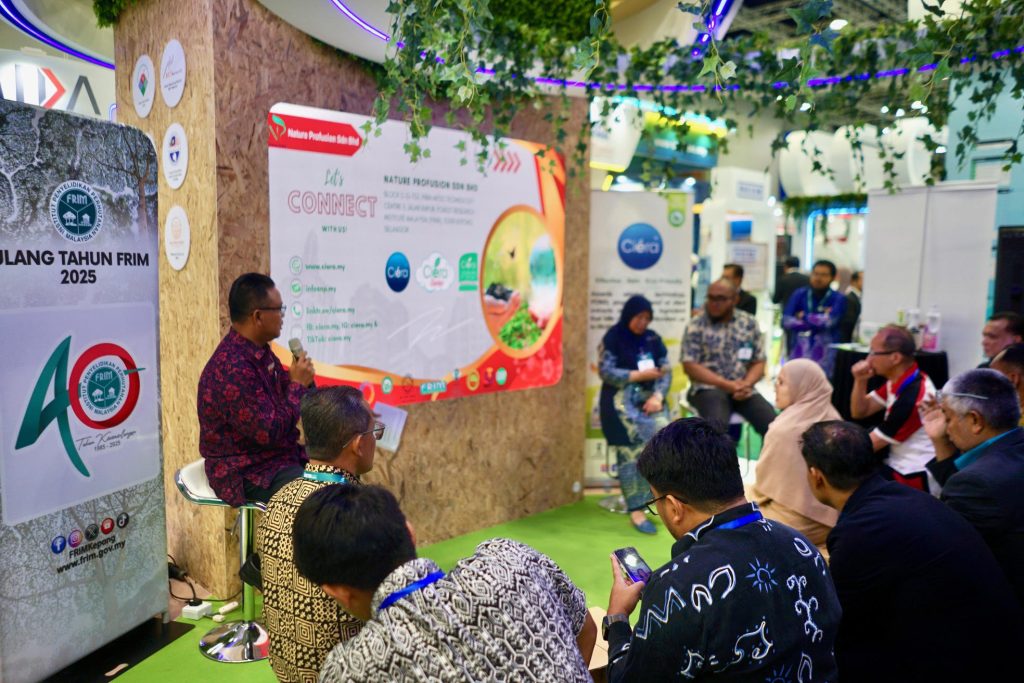
A seminar held during IGEM 2025. IGEM will extend its visibility abroad through smaller satellite showcases ahead of future editions
Energising Investment and Regional Leadership
For MGTC acting group CEO and COO Saiful Adib Abdul Munaff, the outcome of IGEM 2025 reflects both the maturity of Malaysia’s clean-energy transition and the growing confidence among investors.
He said the focus remains on the energy sector, which contributes around 80% of national emissions, making it the core of Malaysia’s decarbonisation strategy.
“With the NETR setting out a clear pathway, investors now see that Malaysia is serious about this transition. This gives rise to businesses offering solutions and investors ready to support those programmes,” he told The Malaysian Reserve (TMR).
MGTC has since partnered over 20 financial institutions to bridge technical gaps in sustainable lending. Its Green Finance Readiness Programme and MyHijau Mark certification help banks assess ESG compliance and project viability.
“There is a clear focus from local banks to support the development of small and medium enterprises (SMEs) and local businesses across the value chain,” he said, referring to the MIDA-Maybank partnership announced at IGEM’s opening.
He noted that MGTC’s role has expanded beyond investment promotion to ecosystem building including developing standards, talent, and training for low-carbon industries.
Malaysia’s ASEAN chairmanship 2025, he added, offers a chance to position the country as the region’s green-technology hub, serving as both a production and knowledge centre for clean-energy solutions.
Additionally, MGTC and the ministry are exploring ways to link Malaysia’s carbon market with other ASEAN economies under the ASEAN Common Carbon Framework, ensuring regional alignment while protecting domestic interests.
At the community level, Saiful Adib highlighted grassroots initiatives showcased at IGEM from converting used cooking oil into soap to recycling discarded fishing nets into nylon pellets for resale.
“These projects help create small local ecosystems that benefit communities, municipalities and small businesses,” he said.
This year also marked the introduction of MGTC’s interactive public experience, the Green Transformation Ecosystem Walk-through, themed “Race Towards Net-zero: Inclusivity and Sustainability”.
The experiential walkway guided visitors through six checkpoints representing pillars of MGTC’s sustainability ecosystem from policy and finance to innovation and lifestyle change.
The initiative drew thousands of visitors and reflected MGTC’s goal of making Malaysia’s climate transition accessible, educational and people-driven.
Nearly 200 organisations and community representatives also signed a climate-resilience pledge during KLSS 2025, highlighting a shift from corporate-led to community-driven sustainability. MGTC plans to expand these partnerships through local councils and NGOs nationwide.
On the international front, MGTC aims to extend IGEM’s visibility abroad through smaller satellite showcases ahead of future editions in KL.
“We’re exploring opportunities in China, India, Singapore and Europe to bring global investors here to see what Malaysia has to offer,” said Saiful Adib.

Grab Malaysia showcasing its electric vehicle as part of efforts to enable the country’s transition to low-emission transport
Private Innovators Driving Low-Carbon Shift
Beyond policy commitments, private players used IGEM 2025 to demonstrate how Malaysia’s green economy is taking root through large-scale projects and viable technologies.
Itramas Corp Sdn Bhd, one of Malaysia’s earliest solar developers, has been part of IGEM since its inception 16 years ago.
Chief business officer Lee Yong Shen said IGEM continues to serve as a practical platform to generate business leads and align with policy objectives.
“It helps companies like us showcase what we’re doing and align with government policy so we can play a bigger role in achieving national energy-transition targets,” he said.
He said Malaysia’s policy clarity — from the Corporate RE Supply (CRES) scheme to the upcoming Accelerated Transition Solar Adoption Programme (ATSAP) — is attracting global partners.
“With the right policies in place, companies like ours can grow locally first, then regionally. Malaysia is on the right track for the green-technology sector,” he added.
Under its CREST-model solar park, Itramas is developing a 1.5 gigawatt (GW) solar plus industrial park in Johor, recognised as a flagship project under the NETR. Work has already begun, with completion targeted within two years.
Meanwhile, Worldwide PMC Sdn Bhd is advancing Malaysia’s waste-to-energy (WTE) agenda.
Lead planner Mohd Fouzul Marzuq SMO Abdul Salam said IGEM has helped raise awareness and attract new collaborations.
“Many visitors were surprised to learn Malaysia is building waste-to-energy plants. They’re eager to understand how it works and its safety aspects,” he told TMR.
The subsidiary of Worldwide Holdings Bhd is developing the largest WTE complex in South-East Asia, located in Jeram, Selangor, as part of the state’s long-term plan to phase out landfills.
“The first unit is expected to start in the first quarter next year (1Q26), followed by the second in 2Q26. A third plant has just begun construction in Tanjung 12,” he said.
The project’s electricity output will be channelled directly into the national grid, contributing to Malaysia’s RE mix. The energy generated will be distributed for household and industrial use based on Tenaga Nasional Bhd’s (TNB) allocation.
For Worldwide PMC, policy support and public understanding remain key.
The company views the current regulatory framework as favourable but believes more funding and education are needed to strengthen local confidence in WTE technology.
“There’s a need to help the public see waste not as a burden, but as a renewable resource,” said Mohd Fouzul Marzuq.
IGEM 2025 reaffirmed that climate leadership depends as much on inclusion as innovation.
Johari stressed that the platform must not serve large corporations alone but act as a launchpad for micro, small and medium enterprises (MSMEs).
“By engaging MSMEs, Malaysia ensures that the benefits of the green transition are shared widely,” he said, noting their role in supply chains and job creation.
This year’s exhibitors reflected that diversity, from Petronas’ hydrogen and carbon-capture projects to TNB’s solar and grid technologies, and Overseas-Chinese Bank Corp Ltd’s (OCBC Bank) green-financing solutions.
Eight international pavilions, namely from Austria, Canada, China, Finland, Indonesia, Japan, Korea and Thailand highlighted Malaysia’s growing profile as an ASEAN hub for clean-tech exchange.

Nextrgreen Global Bhd’s
exhibiting the 1st integrated oil palm biomass processing hub since 2022
Budget 2026: A Policy Tailwind
Momentum was further reinforced by measures in Budget 2026, which introduced a full Green Investment Tax Allowance (GITA) for companies adopting locally manufactured green-technology products under the MyHijau Mark.
Together with the Green Technology Financing Scheme 5.0, the incentives aim to boost demand for home-grown innovation and strengthen Malaysia’s manufacturing base.
MGTC chairperson Shareen Shariza Abdul Ghani said the corporation’s ecosystem approach now supports 3,745 MSMEs and has facilitated RM76.8 billion in green investments since 2010.
Through partnerships with eight state governments and 67 local authorities, MGTC’s programmes have contributed to 22 million tonnes of carbon reduction and created 29,000 green jobs nationwide.
She described IGEM and KLSS as “movements that redefine how Malaysia grows, invests and collaborates for the future”.
As ASEAN chair 2025, Malaysia used IGEM and KLSS to strengthen its regional role in shaping the green economy.
Johari said the government is finalising the National Carbon Market Policy and Third Nationally Determined Contribution (NDC 3.0), alongside the newly passed Carbon Capture, Utilisation and Storage (CCUS) Bill, which positions Malaysia as a regional hub for carbon management worth up to US$250 billion (RM1.06 trillion) over the next three decades.
By bringing policy, finance, and industry under one roof, IGEM 2025 showed Malaysia’s ability not only to convene but also to lead.
The event reflected a nation ready to transform ambition into measurable outcomes — supported by institutions, investors and communities aligned toward a shared vision.
IGEM 2025 therefore closed not as an exhibition but as a statement of intent.
Malaysia’s capacity to connect strategy with execution from investment and technology to grassroots inclusion emphasised a maturing green-economy ecosystem ready to compete globally.
As the world turns its attention to COP30, the challenge now lies in sustaining that momentum beyond the exhibition floor to ensure that every pledge made under the KL Declaration and every partnership sealed at IGEM 2025 translates into real, traceable progress towards net-zero 2050.
The next edition, IGEM 2026, will return to the KL Convention Centre (KLCC) from Oct 7-9, 2026, continuing Malaysia’s mission to position itself as a regional hub for green technology, innovation and investment.
- This article first appeared in The Malaysian Reserve weekly print edition
The post Green momentum gaining ground at IGEM 2025 appeared first on The Malaysian Reserve.


